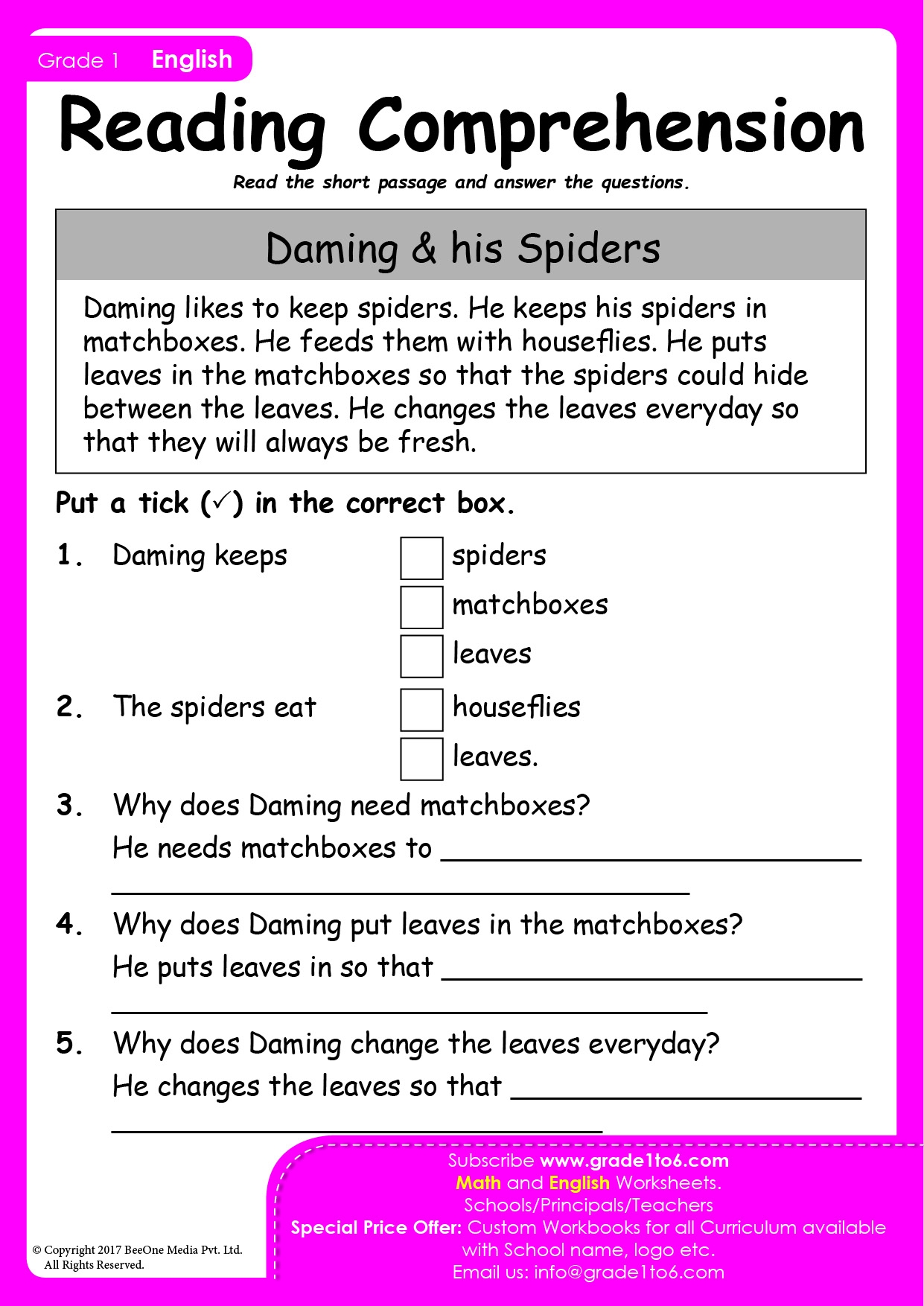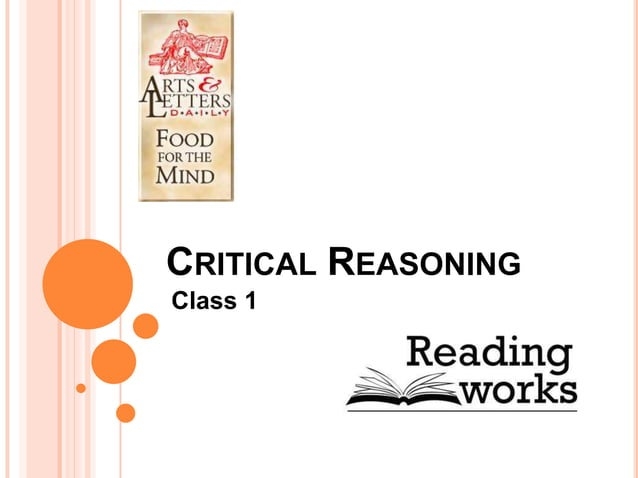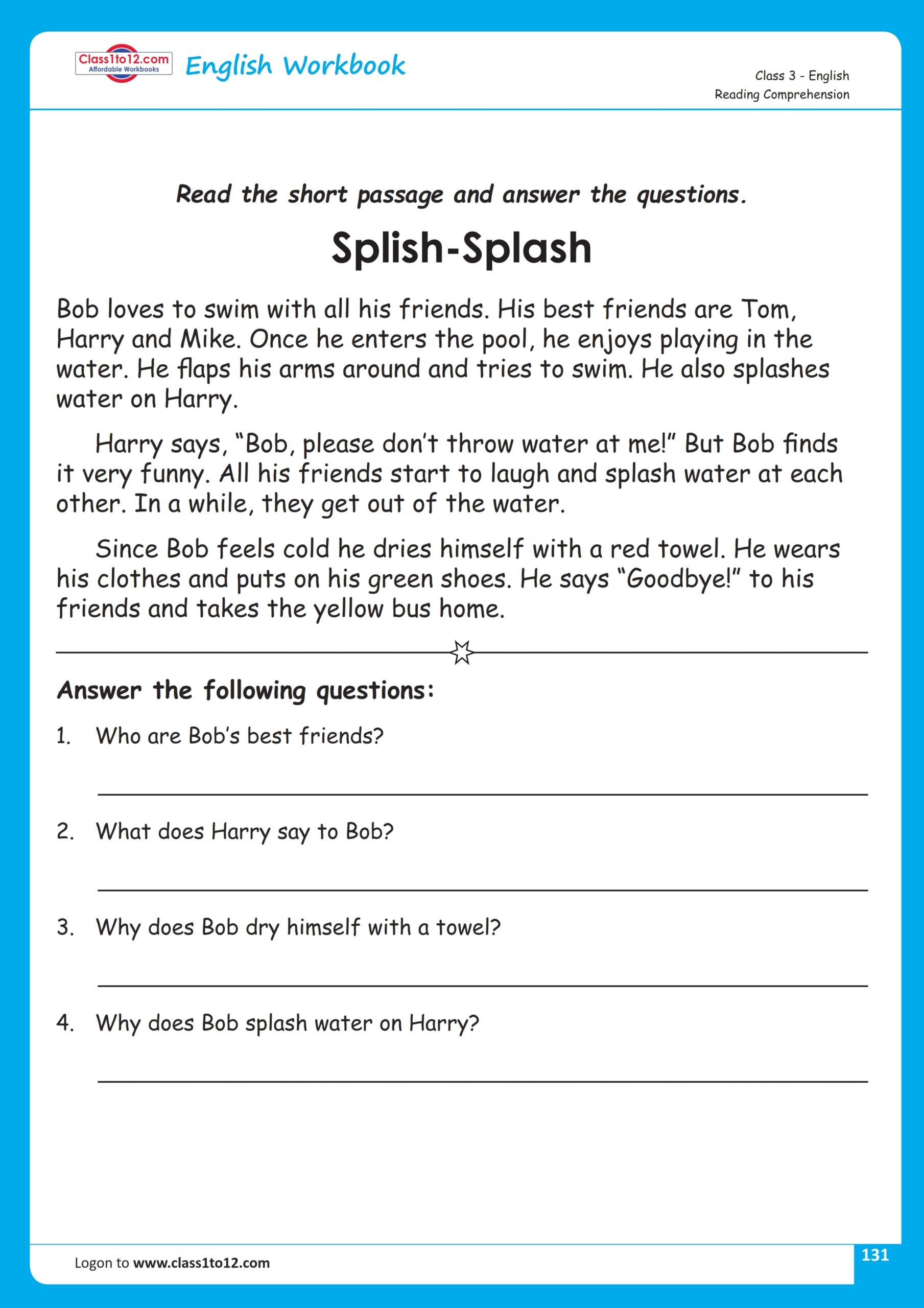Reading Comprehension For Class 1 – Boost Learning at Home with Printable Worksheets.
Improving reading comprehension skills is essential for students, especially in Class 1. As young learners start their academic journey, developing strong reading skills sets a solid foundation for future success. By enhancing comprehension abilities early on, students can better understand texts, extract key information, and make connections between ideas.
Reading comprehension for Class 1 involves more than just decoding words on a page. It encompasses understanding the meaning behind the text, identifying main ideas, making inferences, and drawing conclusions. These skills not only aid in academic performance but also contribute to overall cognitive development and critical thinking abilities.
 Reading Comprehension Worksheet Grade 1 Worksheets Library
Reading Comprehension Worksheet Grade 1 Worksheets Library
What Are Reading Comprehension For Class 1?
Reading Comprehension For Class 1 are PDF learning materials you can print and use anytime. They include reading exercises, writing prompts, and even coloring pages. Their versatility makes them perfect for enriching lessons at home.
With the rise of at-home education, educational printables are a valuable asset for educators and families alike. Whether your child is learning remotely or enhancing their skills at home, these worksheets offer structured learning in a creative and interactive way.
 Reading Comprehension Class 1 PPT
Reading Comprehension Class 1 PPT
 Reading Comprehension K 1 Cats Worksheets
Reading Comprehension K 1 Cats Worksheets
 Reading Comprehension For Class 2 Class1to12
Reading Comprehension For Class 2 Class1to12
 Class 3 English Reading Comprehension Worksheet Class1to12
Class 3 English Reading Comprehension Worksheet Class1to12
Benefits of Reading Comprehension For Class 1?
The biggest strength of printable worksheets is their convenience. You can choose topics that suit your child. Plus, they’re a digital-free solution for learning—perfect for breaks from gadgets.
Reading Comprehension For Class 1
One effective way to enhance reading comprehension in Class 1 students is through interactive storytelling. By engaging young learners in narratives that captivate their imagination, they are more likely to retain information and comprehend the underlying messages. Using visuals, gestures, and interactive activities can further reinforce comprehension skills.
Another strategy to boost reading comprehension is through guided reading sessions. Teachers can provide structured support and prompts to help students navigate texts, ask questions, and make connections. Encouraging class discussions and peer interactions also fosters a deeper understanding of the material and promotes collaborative learning.
Utilizing age-appropriate reading materials is crucial in developing comprehension skills for Class 1 students. Selecting books and texts that align with their interests, vocabulary level, and cognitive abilities ensures that they are engaged and motivated to read. By incorporating diverse genres and topics, educators can cater to individual learning styles and preferences.
Regular practice and exposure to a variety of texts are key components of improving reading comprehension in Class 1. Encouraging daily reading habits, providing access to a range of resources, and incorporating literacy activities into the curriculum all contribute to skill development. By creating a supportive and stimulating reading environment, students can build confidence and proficiency in comprehension.
In conclusion, fostering reading comprehension skills in Class 1 is essential for laying a strong educational foundation. By implementing interactive storytelling, guided reading sessions, age-appropriate materials, and consistent practice, educators can support students in developing vital comprehension abilities. Investing in reading comprehension early on not only benefits academic achievement but also equips young learners with valuable skills for lifelong learning and success.